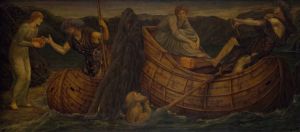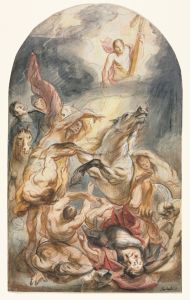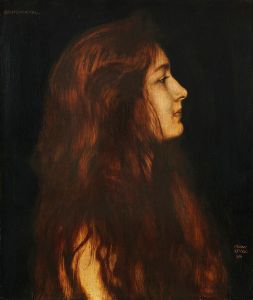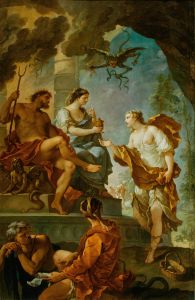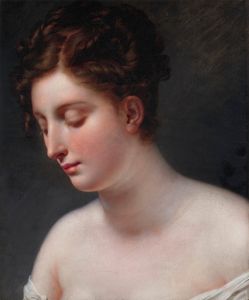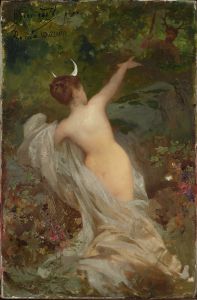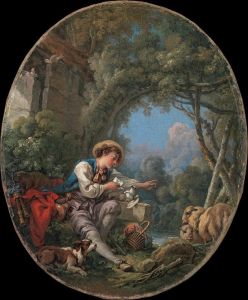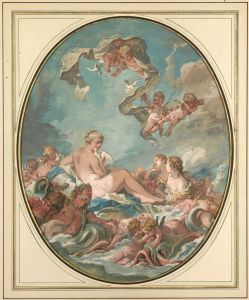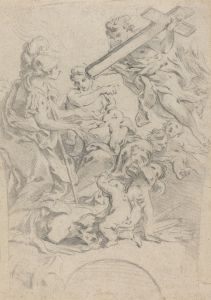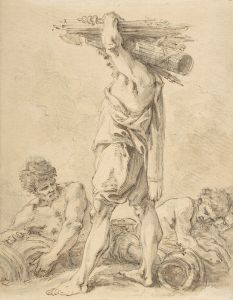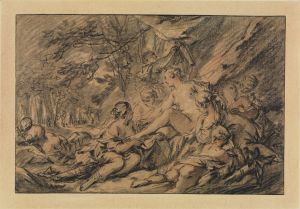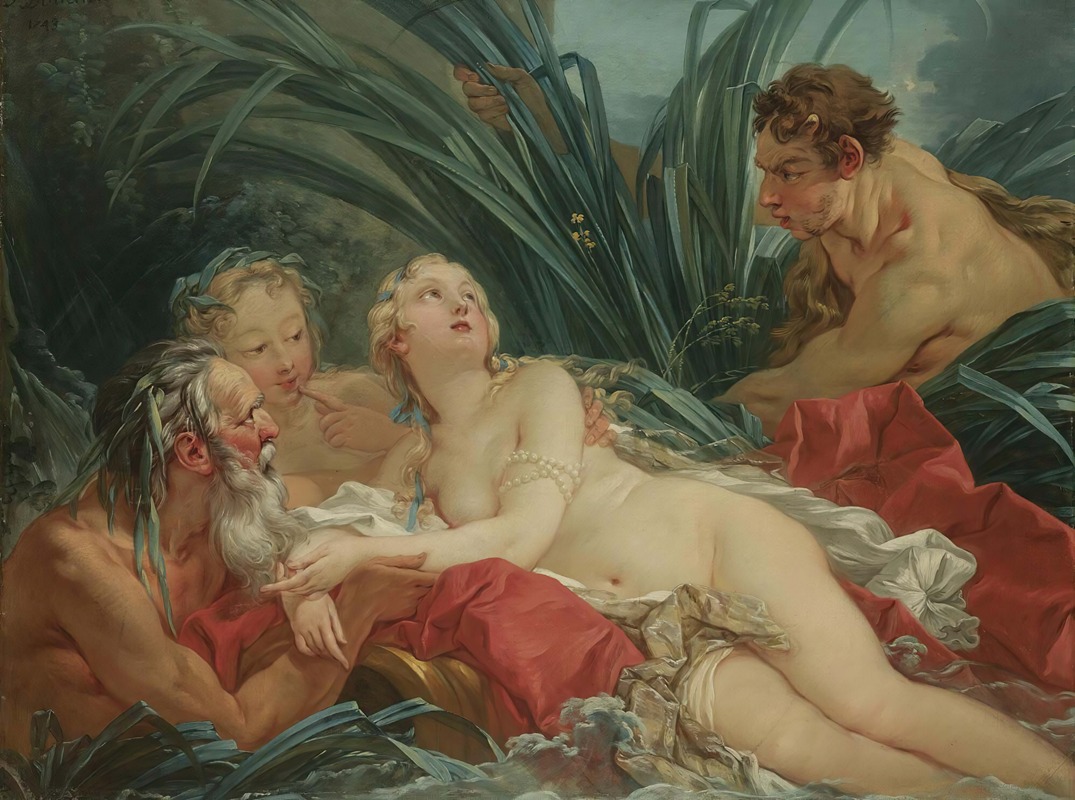
Pan And Syrinx
A hand-painted replica of François Boucher’s masterpiece Pan And Syrinx, meticulously crafted by professional artists to capture the true essence of the original. Each piece is created with museum-quality canvas and rare mineral pigments, carefully painted by experienced artists with delicate brushstrokes and rich, layered colors to perfectly recreate the texture of the original artwork. Unlike machine-printed reproductions, this hand-painted version brings the painting to life, infused with the artist’s emotions and skill in every stroke. Whether for personal collection or home decoration, it instantly elevates the artistic atmosphere of any space.
"Pan and Syrinx" is a painting by the French Rococo artist François Boucher, created in 1759. Boucher was one of the most celebrated painters of the 18th century, known for his idyllic and voluptuous paintings that epitomized the Rococo style. His works often featured mythological themes, pastoral scenes, and sensuous depictions of the human form.
The painting "Pan and Syrinx" illustrates a scene from Ovid's "Metamorphoses," a classical work that has inspired countless artists throughout history. The myth tells the story of the god Pan, who falls in love with the nymph Syrinx. Syrinx, however, wishes to remain chaste and flees from Pan's advances. In her desperation, she prays to the river nymphs for help, and they transform her into a bundle of reeds. Pan, upon discovering the reeds, sighs in sorrow, and his breath causes the reeds to produce a haunting melody. He then cuts the reeds to fashion the first set of panpipes, which are named after Syrinx.
Boucher's interpretation of this myth captures the moment of pursuit, with Pan depicted as a muscular, goat-legged figure reaching out towards the fleeing Syrinx. Syrinx is portrayed as a delicate and graceful figure, her body twisting in motion as she attempts to escape. The painting is characterized by its soft, pastel color palette, intricate details, and the lush, naturalistic landscape that serves as the backdrop for the dramatic encounter.
The composition of "Pan and Syrinx" is dynamic, with a strong sense of movement and tension between the two figures. Boucher's use of light and shadow enhances the three-dimensionality of the forms, while the delicate brushwork and attention to detail reflect his mastery of the Rococo style. The painting also exemplifies Boucher's ability to convey emotion and narrative through his art, capturing both the urgency of Pan's desire and the fear and determination of Syrinx.
"Pan and Syrinx" is housed in the Wallace Collection in London, a museum known for its extensive collection of fine and decorative arts. The painting is a prime example of Boucher's work and the Rococo movement, showcasing the artist's skill in blending mythological storytelling with the decorative elegance that defined the period.
François Boucher's "Pan and Syrinx" remains an important work in the history of art, reflecting the cultural and artistic values of 18th-century France. Its enduring appeal lies in its beautiful execution, its engaging narrative, and its ability to evoke the timeless themes of love, desire, and transformation.





